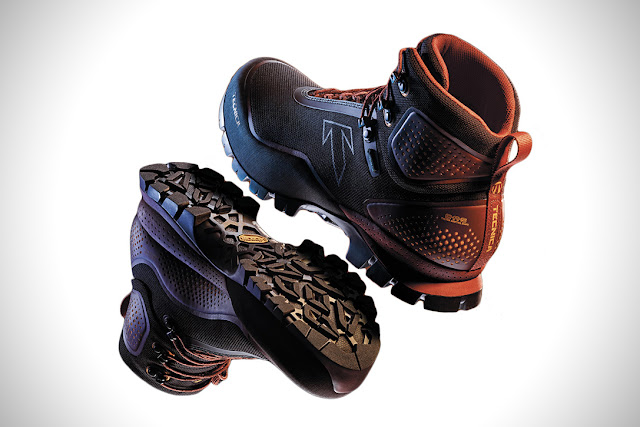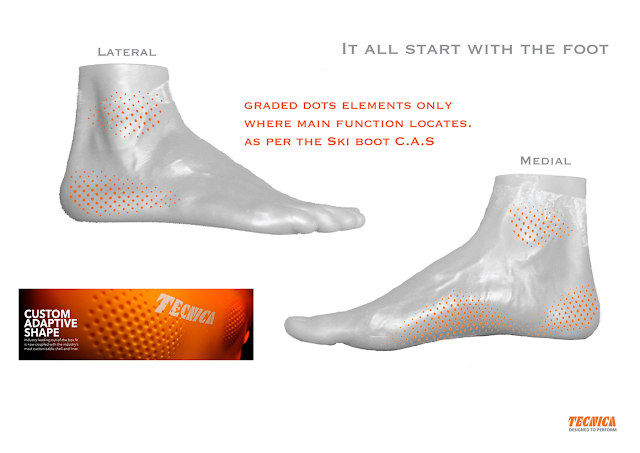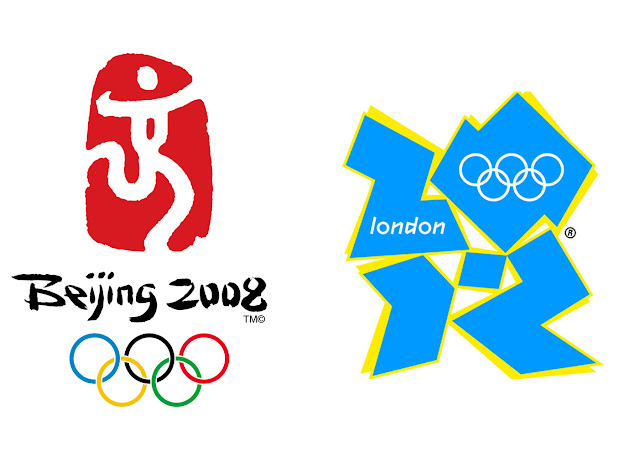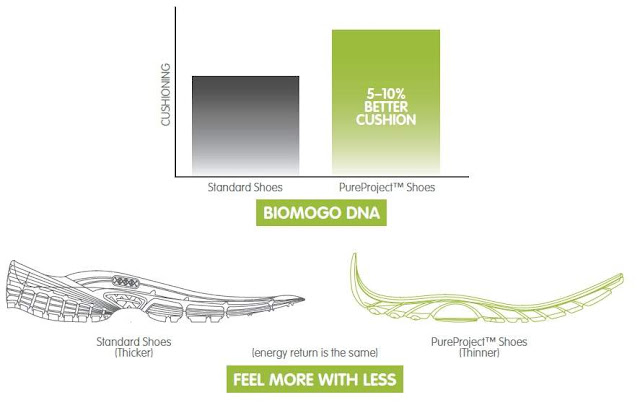 |
You either like it or hate it, but this shoe is an Icon. For multiple reasons, this shoe offers the legendary Adidas Ultra Boost 2015 sole to its maximum, hundred time copied but never equalled.
Echoe to the other written topic about silhouette, this shoe has an unique shape, given first by the full adidas Boost compound which gives a continuous "rolling" attitude but also and mostly the singular shape at the back of the collar.
|
 |
Lets have a closer look at this singular shape. This "design driven" shape has a true function: the curved shapes offers a great freedom of movement for more dynamic comfort. Less rubbing in the achilles area.
|
 |
What the story doesn't tell is how this shape was already studied at Adidas Outdoor by 2009 by the design group driven by their talented design director: Christian Zwinger.
|
 |
With these two pictures, the emphasis was, as well given to the back collar area and at the tongue area.
|
 |
In 2016, here comes a big surprise to me....the sign that time seems to change. Is there a reversed or inverted balance in the footwear design universe ?
|
 |
Here is one 2016 iteration of the Nike KOBE Nike has been for years at the forefront of innovation, shapes, daring forms or singular tries that wrote their product line history. even if my disk is full of examples, I have not enough room here to show the variety of models designed the latest 20 years, all categories included.
The brand Nike, officially the main trend setter of the segment for decades, the one copied by the rest of the world, still copied today, seems to find inspiration in its rival Adidas with its most iconic shoe to its modern era. the case is rare enough to be shared. some will elude the topic upon the different product category.
|
 |
We are in 2017, the year of the Nike Pegasus 34th, an incremental evolution of the franchise. Not much to say as minor modifications are occurring, most of them at the upper level as the tooling is carried over from the 33 rd and the main material plus color story is linked to the Breaking 2 product launch.
|
 |
This is the promise of the Nike Pegasus 35, what we call in our business a Total New, new upper apparently made out of an engineered Jacquard materials and a new heel shaped midsole in synchrony with the shapes used in the Breaking 2 project (also soon visible with the next generation of Tennis Vapor 10). I suspect also a new Last as the shoe curves way more than the former generations. so far another incremental evolution of the 34 th sister.
All pictures here are found on internet. But this picture appears to be the one of an early prototype, because.....
|
 |
The one Nike Pegasus 35 that seems to be official, confirms the sign that time seems to change at Nike creative board.
|
The world is tiny sometimes. I discovered two days ago that John Whiteman, my ex team mate at Adidas Innovation Team, belonged to the squad which identified the need to release the achilles areas. his quote:
"that shape came completely from the concept of freeing the achilles area. On the original version, the heel lining actually folded totally over the top at the achilles area with no seam in the central 30mm or so and formed the outside lining as well. That combined with the external counter (slightly inspired by the old equipment heel counters) gave that kicked shape".
This isn't an attempt here, John's Portfolio is rich enough, worth a full article.
back to our topic, at the question:
Is there a reversed or inverted balance in the footwear design universe ? I believe yes.
Am I disappointed to see iconic Pegasus pulling the back collar of iconic adidas Ultra boost ? yes indeed. and you?
















































